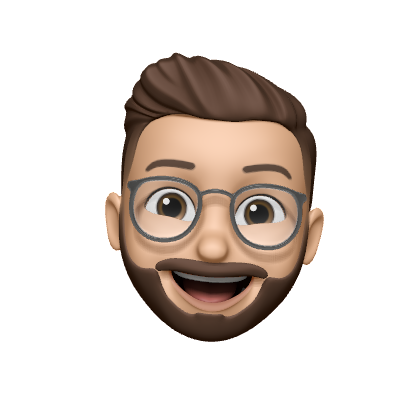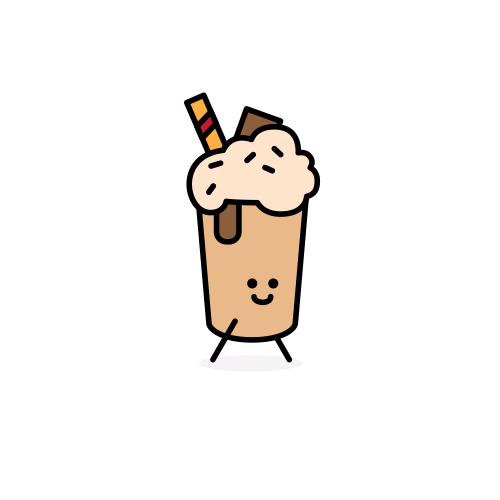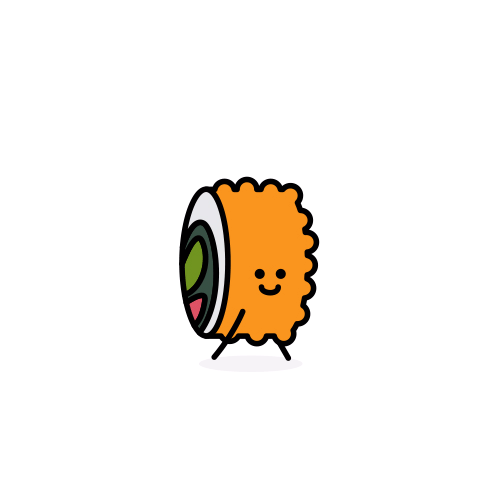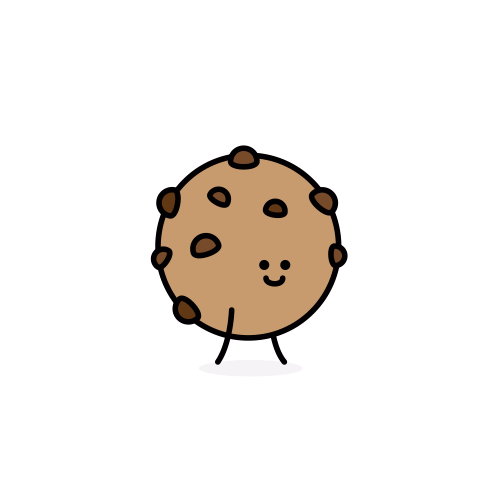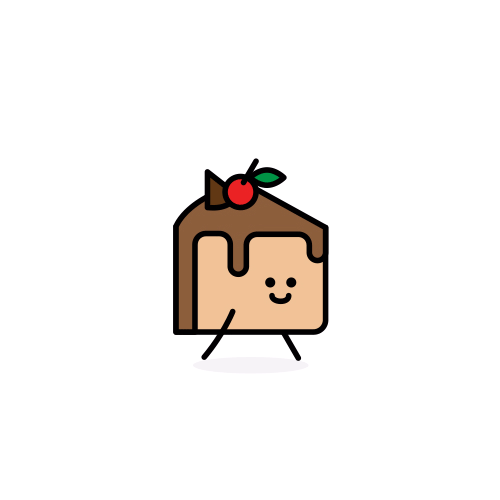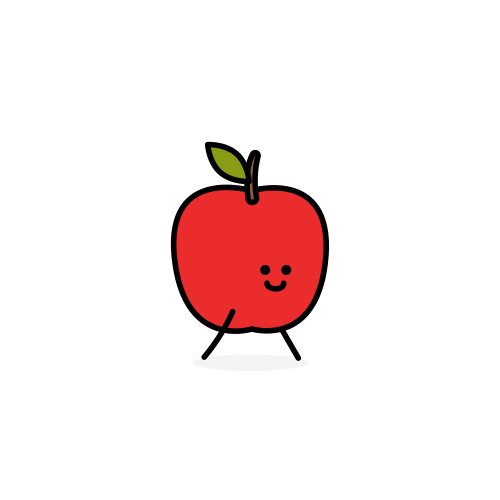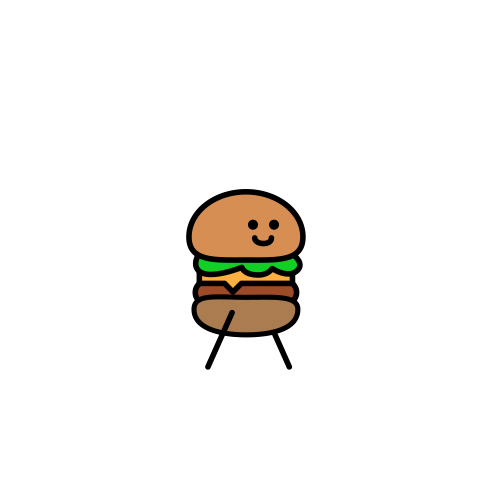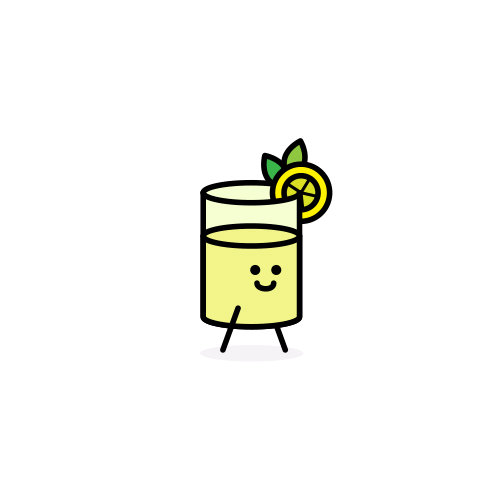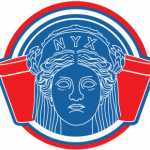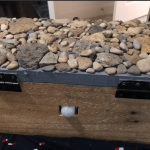I drive product success I offer strategic guidance I craft iOS apps I enhance user experiences I turn ideas to reality I produce engaging podcasts I design captivating visuals I implement IoT solutions I establish brand identity I create responsive websites I craft persuasive copy I uncover data insights I drive marketing initiatives I lead successful projects I design intuitive interfaces I create immersive experiences I leverage data-driven decisions I captivate audiences I foster growth opportunities I drive revenue growth
I am a software engineer currently maintaining two developer projects; that being BoltAThread and Handyapp. Handyapp is an AI-driven home repair platform based in the United Kingdom, while BoltAThread is a companion tool for social media platform, Threads. It’s designed to enhance the UX of the platform. On the side, I enjoy writing and talking about philosophy, mental health, technology and all things life. Enhancing humanity technologically has been a cornerstone passion of mine for as long as I can remember. At the end of the day, it is all about how we can have an easier, stress-free life. Technology is the gateway to that convenient life. More time back in our day, to do what we truly love
I graduated Summa Cum Laude from the University of Cincinnati with a master’s degree in information technology and a bachelor’s degree in communication design and computer science. In school, my main academic interests were human-computer interaction, digital transformation, and iOS Development. One of the highlights of my university experience was getting the opportunity to participate at the 1819 Innovation Accelerator. I was the product manager for Yummr, an AR food menu platform, in the fall of 2022.
Throughout high school and college I worked on many side projects which can be found below. The most prominent of these projects was Nebula, a physical tool that aids in turning physical objects into digital twins, which I theorized in 2022, during grad school.
Past employer experiences, I have worked directly with the Government, specifically the Intelligence Community, on UI upgrades to software maintenance on Nuclear Submarines. Have worked in a variety of startups ranging in healthcare to construction. All under the guise of innovative software projects. If you’d like to chat, my availability can be found on my calendar.
Featured Projects
Oh hi there 👋 It’s nice to meet you.
Sign up to receive awesome content in your inbox, every month.
I don’t spam! Only valuable tid bits to bring you forward in daily life!

